It’s amazing to see how coordinated animals are when they climb, like a ballet played out in nature.
Still, climbing skills are not about music or art, but reaching a safe point to stand on. Sometimes, climbing it’s only about survival. Many people overlook improving their climbing skills, and when it comes time to use a rope for climbing, they are unable to manage the situation.
The 3 Pioneer Survival Lessons YOU Should Learn
Being able to climb is vital for many areas of interest. It is often done competitively, in jobs that rely on it, for recreational purposes, in emergency rescue, and in military operations. No matter whether you are trying to climb a mountain, a tree, stairs, or scale a building, there is much you can learn by watching how animals achieve similar goals.
If you take the time to watch and observe animals in the wild, each animal group has developed their own special way to climb and descend mountains, trees, and different objects with various textures. Some of these climbing and descending techniques are very simple and quite remarkable to watch and study.
The animals play out great acts of balance as they carry out death defying actions. These activities would kill or seriously injure us if we tried to duplicate them without adapting the techniques to the human form.
These 12 animals are the best for teaching you the climbing tips required in a survival situation. Do you know them?
1. Bears
When bears climb, they look very much like humans climbing. Bears are excellent climbers of both trees and cliffs. They have sharp rugged claws on their front and back feet they can easily grip the surface of trees and cliffs.
Black bears have short, strong claws, a smaller size, and less weight than grizzly bears. The grizzly bear has thicker and longer claws that are more of a hindrance, however they can still climb a tree or cliff faster than a human. Both of these bears wrap their long limbs around the trunk of trees to climb upward or downward. Because of their weight the bears will stay closer to the main trunk and not go out on the smaller weaker branches.
When bears climb up cliffs they use their claws for gripping the rough cliffs walls and to make hand holds to better climb.
Climbing Tip: To mimic bears climbing methods, you can use tree climbing spikes commonly used to climb telephone poles.
2. Domestic Cats and Wild Cats
Cats have the ability to climb almost anything from trees to stucco walls. All cats, both big and small, rely on their sharp claws and their will to climb up or down man-made structures, mountains, or trees. Cats – whatever their breed and size are – are very strong climbers and use their strength and balance to overcome any problems during the climb.
Climbing Tip: You can learn a lot about how to balance by watching cats climb. While they use their tail as a counterweight, you can use your posture.
3. Monkeys and Baboons
Monkeys and baboons, which are built a lot like humans, are excellent tree climbers and also have the ability to climb cliffs. Like cats, monkeys and baboons benefit from having long tails which they move around as a counter balance.
With their flexible toes they can grab outcroppings or branches as easily as humans can with their fingers. Some monkeys and baboons prefer to live on sheer cliff faces because this keeps them up and out of reach of natural predators like leopards and cheetahs.
Climbing Tip: Since these creatures are built a lot like humans and look similar to us when they climb, you can mimic some of their climbing methods.
4. Goats in Morocco’s Argan Forest
These domesticated goats have been trained to climb trees to graze. When the Argan fruit nuts on these trees are ready to be harvested, the goats eat the fruit, digest it, and passes the seed nuts. The nuts shells are now softer and easier to crack open by the farmers.
The goats’ hooves have two toes that can grip the nut tree as they climb up. Although this tree is about 25 feet tall, it bushes out with thick heavy branches that will hold the weight of several goats.
Climbing Tip: Watch the way the goats use two toes to climb and think about how you can do something similar with tabi boots.
5. Mountain Goats
The mountain goat has the ability to climb almost vertical mountain walls. They do this with a beautiful grace of movement. The sides of the goat’s toes consist of the same hard keratin found on the hoof of a horse or deer. Each of the toes has wrap around toenails that can be used to catch and hold to a crack or a tiny knob of rock.
Since there is also a traction pad that extends slightly past the nail, it can support the weight of the goat as it climbs upwards. This pad also has a rough textured surface that provides a great amount of friction on smooth rock or ice.
Climbing Tip: Man can learn balance, being sure footed, path planning, and grace from the mountain goats. You can also look for climbing aides that resemble the nail and toe structure of these animals.
6. Sloths
Sloths are very slow moving animals, but still very effective climbers. They use long, hooked claws to reach upper branches, and then simply dangle from them. When a sloth climbs up a tree, they climb head up with their arms, legs, and claws wrapped around the tree.
When a sloth descends a tree, they back down the tree carefully with their arms, legs, and claws gripping the tree.
Climbing Tip: The sloth can teach man to take it easy when climbing. Do your climb slowly and methodically. Finally plan out your climb to be as safe as possible.
7. Raccoons

With their long claws and very flexible fingers and toes, they can grip very rough surfaces or smooth ones with ease. They can be quick and methodical in their climbing techniques. Some people believe that a raccoon can think and that they can solve climbing problems quickly.
Climbing Tip: A raccoon can teach you to study what you are about to climb and choose the best tools for safety. You can use some of their finger and toe techniques as long as you also understand how the lack of claws may make it more difficult for you to use the same methods.
8. Snakes
The fact that snakes can climb trees is common knowledge. Snakes can also climb vertical walls if need be. These reptiles use a form of locomotion in which some parts of their body stop and grip while other parts extend forward to climb. Snakes have unbelievable flexibility with hundreds of vertebrae and very precise muscle control. They can also extend scales on the underside of their body for increased grip.
Climbing Tip: From snakes, you can learn about the use of suction and gripping when climbing.
9. Squirrels
Not only can squirrels climb trees, but they also have the ability to climb a vertical concrete wall. This is due to their sharp, hook like claws. They also have highly mobile ankles that allows them to rotate their back feet around backwards, which allows them to hang from and climb a variety of surfaces.
Climbing Tip: Squirrels teach man to be flexible and not stiff when climbing. Balance is also very important to stay on the mountain or when climbing a tree.
10. Coconut Crab
The coconut crab is one of the few crabs that can climb trees. These crabs are found on islands in the Indian Ocean. They can grow to about three feet across and weighs about ten pounds and they feed mainly on fruits and vegetables.
As their name implies, they also have a great love for coconuts. The coconut crabs will actually climb trees using their long, spiny legs, which they wrap around the tree trunk. When they are high enough, they use their large heavy claws to cut and snatch down coconuts. Sometimes the crabs drop the coconuts to the ground, or they will carry them down the tree to the ground.
Climbing Tip: As you watch these crabs, you can learn more about how to wrap your arms and legs around a small tree trunk, how to get a better grip on the tree you wish to climb and how to collect coconuts.
11. Spiders
The spider’s legs are studded with microscopic hairs which allow them to stick, and to walk on walls and ceilings by electrostatic attraction. Spiders also have tiny tarsal claws that can grip the minute textures of surfaces, even though these surfaces appear smooth to the naked eye.
Climbing Tip: You can look for suction cups and similar devices that might mimic the hairs and hooks used by spiders.
This Timeless Collection of Forgotten Wisdom Will Help You Survive!
12. Geckos
Geckos have the ability to walk up the smoothest surfaces. They use micro-hairs on their feet called setae to adhere via van der Waals forces (basically this causes molecules to adhere to each other).
Climbing Tip: When choosing shoes for climbing, look for ones that have treads that will do something similar to the setae on gecko feet.
Man has a lot of things to learn from animals on how to climb mountains or trees. Animals make it look so simple, but remember it took many generations for their bodies to adapt, and for them to acquire the special skills to use those adaptions.
You can still use some of their methods when developing your own climbing skills, or choosing gear that will make climbing easier and safer.
If you have any experience in using climbing techniques, please share them with our community in the comment section below.





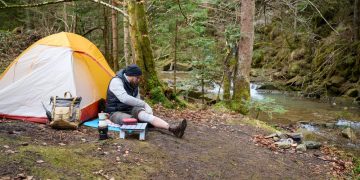
















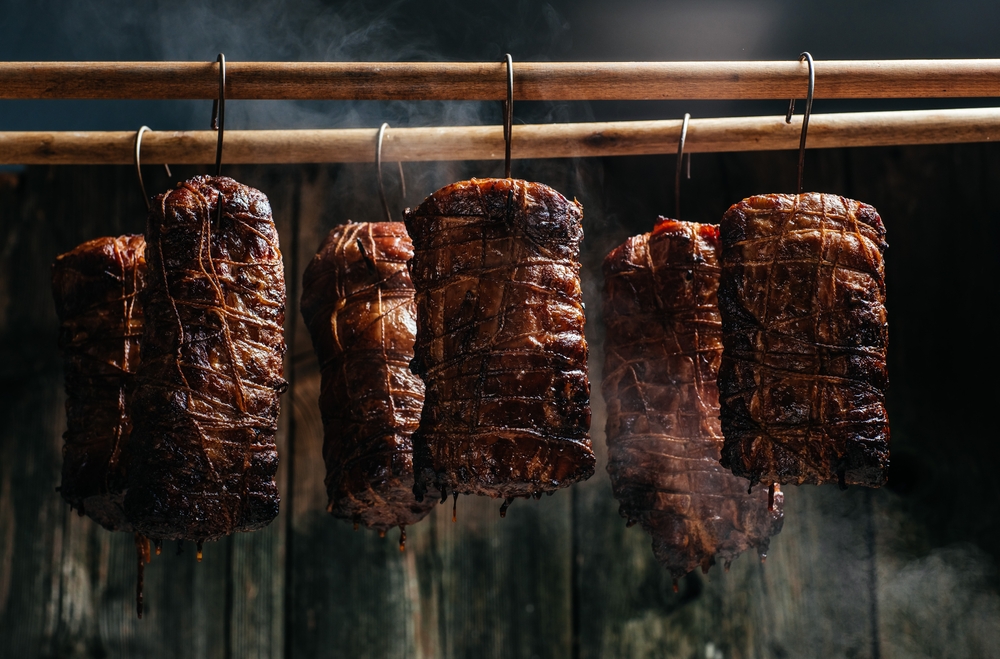
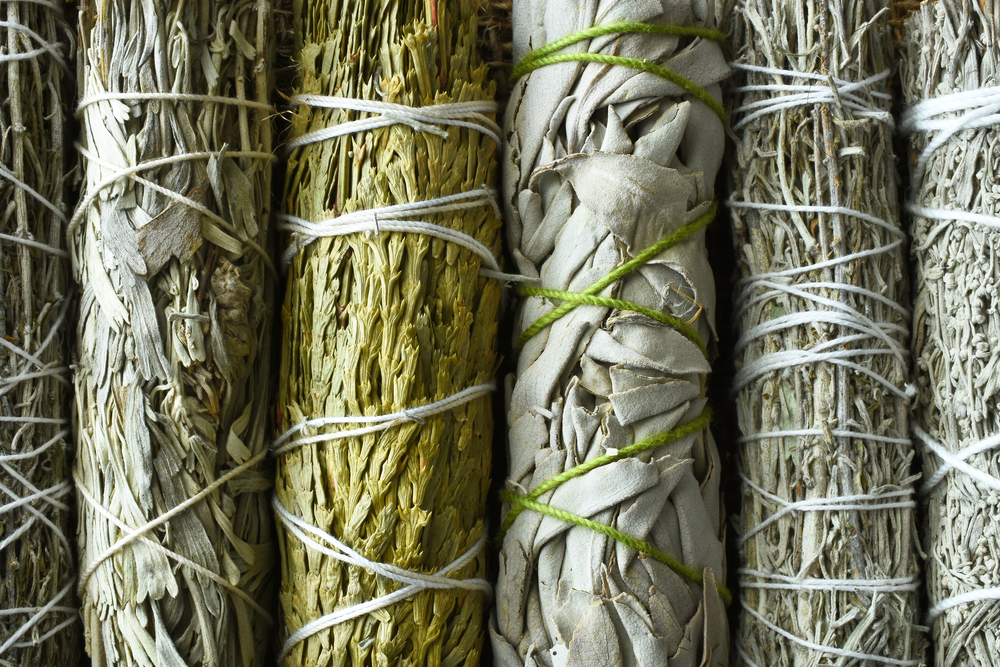
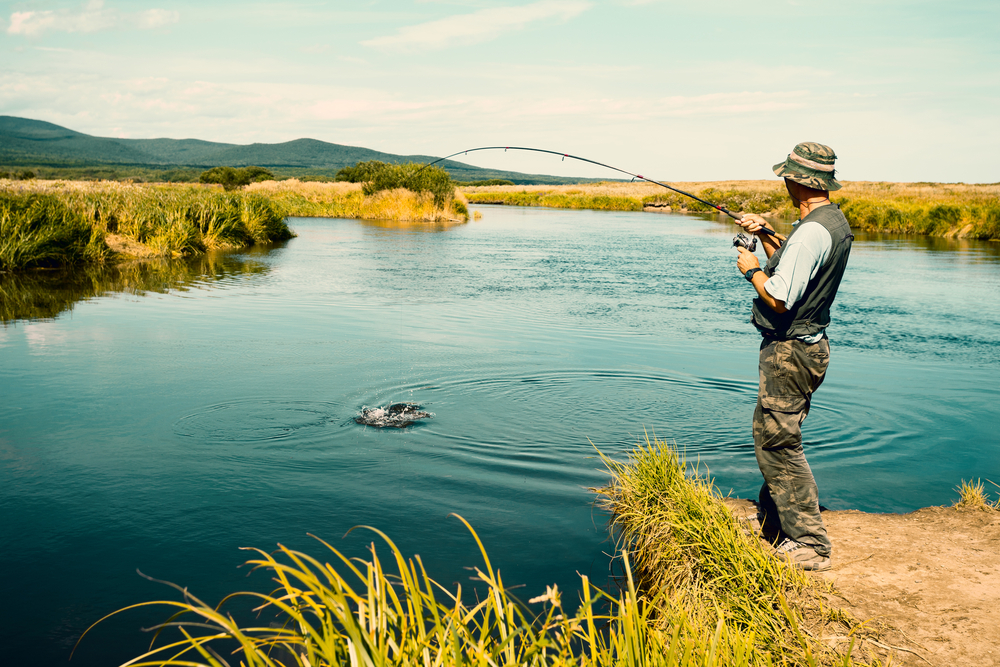
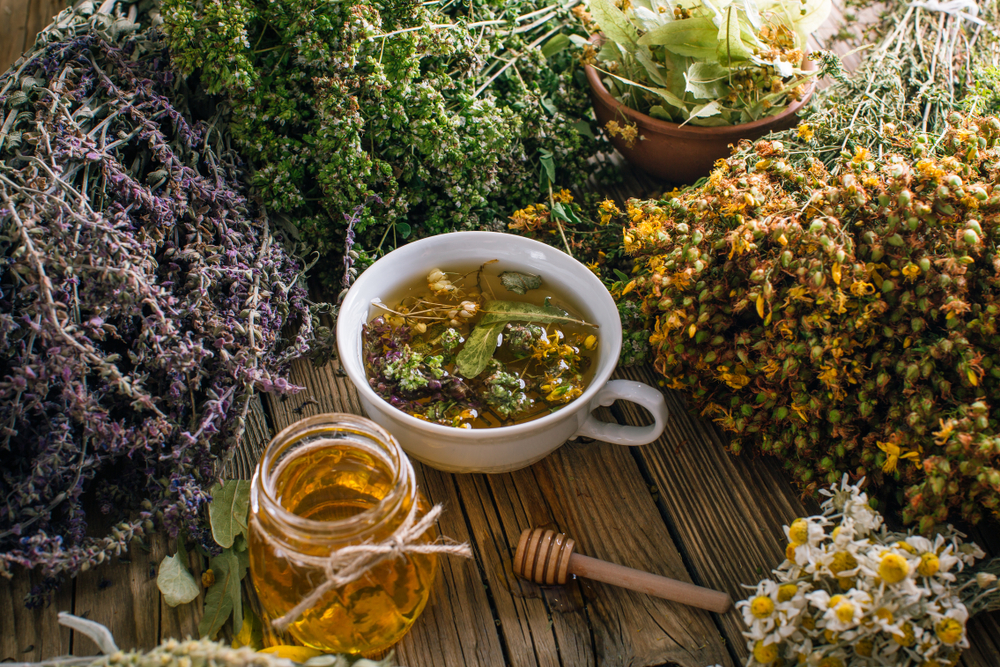

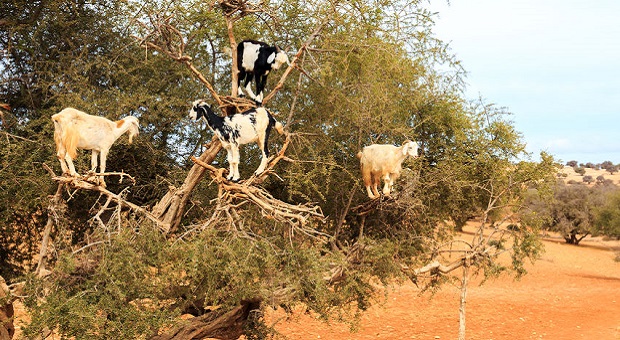

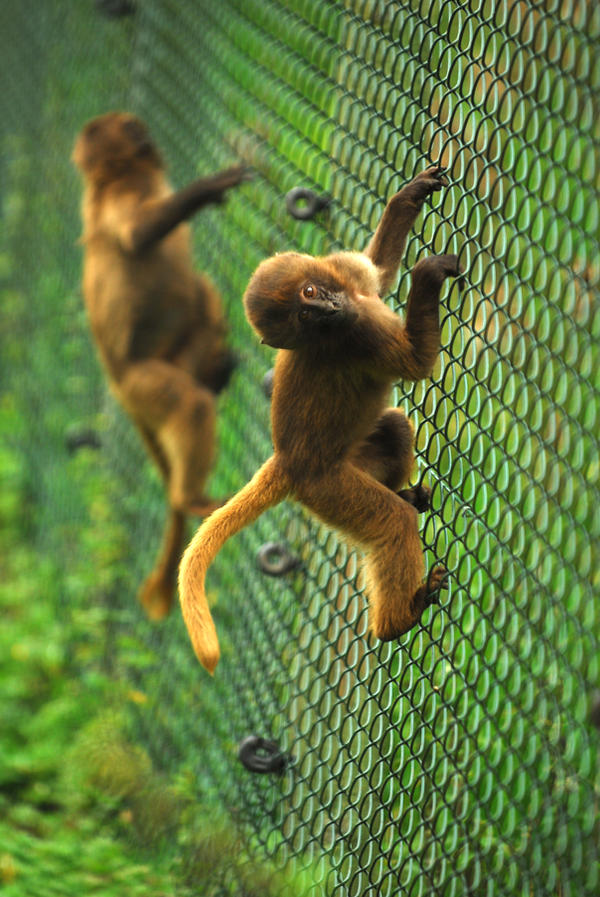






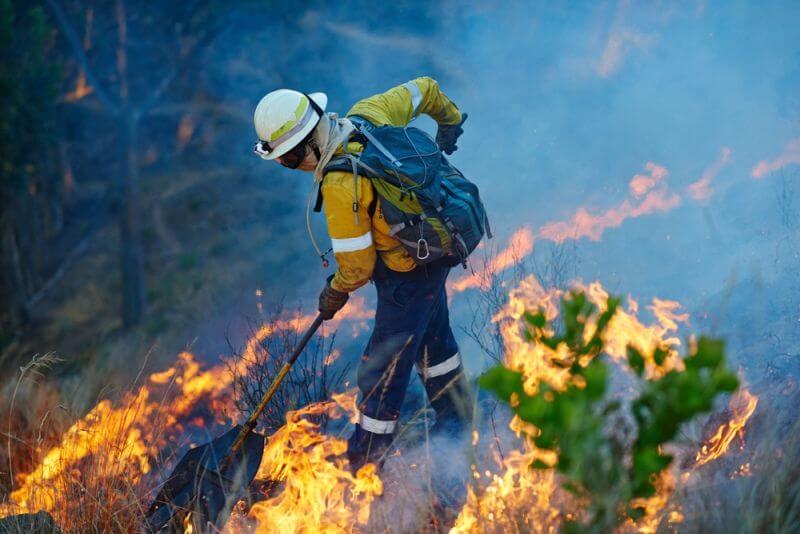


















































GREAT topic!
Back in the day, climbing was a fun and taxing adventure, although I no longer heal as fast and, like, “WTF was I thinking?!?”
I coulda been KILLED! :-/
Notwithstanding the potential of falling, and more importantly, IMPACTING the ground (BTDT, got the broken bones to prove it) unless you have the right gear or Super Human Spidy skills, climbing is a tough endeavor to accomplish without potential of injury or worse.
Combining this with a weapon, BOB, and/or other gear can really tax a body and skills unless using rope to haul gear up once reaching your target. (I’m talking climbing rock “faces” as opposed to merely tough ground you need to transit.)
Re-tracing your path is much easier if you are only planning to rappel via rope but who wants to leave gear behind unnecessarily, unless you’ll be transiting the same AO again in the near future, that is.
There are any number of climbing schools available to teach you the very best in ascending and descending hills or terrain otherwise unavoidable, but seek them out BEFORE you expect to require the skills. Don’t be caught dead (?) needing the skills when time is short, and the bad guys are hot on your trail, to try and learn climbing skills. Ain’t gonna happen, Pardner.
And self-taught, while cool and laudable, I DON’T recommend it, especially during an emergency or a G.O.O.D. situation.
Lastly, either buy QUALITY gear or stay your a*s on the porch and watch.
I can’t count the times I’ve seen or at least prevented certain death or injury by some neophyte who felt well used or second-hand, inexpensive (meaning CHEAP!) gear was the way to get started.
Unless you WANT somebody to collect your life insurance policy or be your nurse maid while (IF?) you recover, Just. Dont. Do. It.!
Until somebody invents a silent version of anti-gravity boots that are controllable, climbing up or down is a manual skill requiring LOTS of energy, balance, strength and a lack of fear. But fear NOT! (No pun intended.)
Fear can be a highly motivational sense that can spur you on to use your brain in order to extract your Happy A*s, but it can also paralyse you, cause indecision and make you take unacceptable risks.
Learn to control your fear (and YOU WILL be scared sometimes) and channel it into a learning tool that helps you learn to think outside the box.
But do it TODAY since tomorrow may be too late.
Overnout for now.
I have a third floor deck and a 2nd floor deck, every night a Raccoon climbs to my third floor deck. You actually have to see the set up to realize how amazing this climb is. I had did it once and was in really good shape. And not only was it hard, it was scary as well . The difference, I have the length to reach up to the highest deck, while the Raccoon has to shimmy a wall between the decks and then climb underneath the deck
I echo Huggy’s vote on this article – very well done! If you are a dedicated rock climber it is inevitable that you will get some scrapes and bruises (at minimum) or some potentially serious injuries as you practice your craft. Some basic rules:
Never go it alone.
Never opt for the cheap stuff.
Never think that you’ve learned everything this is to know.
I once encountered three mountain lions ( a mom and two juvenile cubs) on a cliff wall in central Arizona. There was a moment of chaos, but the three elected to go straight down the wall to get away from humans. I am still amazed at their ability to go virtually vertical down a cliff an retain control. The climbing ability of these beautiful creatures deserves at least an honorable mention in your article.
PEOPLEFOLKS DON’T NORMALLY HAVE CLAWS LIKE THAT OR SNAKE CONFIGURATIONS, NOR VERY MUCH OF THAT OTHER STUFF EITHER. OF COURSE THERE’S ALWAYS ADRENALIN…
Watching other animals climb won’t help at all if one isn’t out CLIMBING. Experiencing climbing: rock surfaces, different rock surfaces, trees with different bark and angle to their branches, hiking, swimming, hiking, riding horses out in the wilderness, being out in the wilderness, living out there….there is not much a human can attain from watching anything if that human is not putting that information into proprioception by doing!
Being physically fit helps.
We humans with our big brains need to PREVENT problems not try to deal with fixing our mistakes, that could be fatal. There is no way a human can outrun a cougar, a bear, a bobcat, a badger….no way could we save our lives unless we had a 44 magnum and to have to use that gun would be sad but sadder if you got eaten. Mace is an incredible life saver. Got take it with you to be able to USE IT.
Cougars, btw, can jump from a stand still VERTICALLY 20 FEET. From a standstill they are able to jump horizontally 30 feet. You WILL NOT SEE THEM. They are so quiet they will be nothing more than a shadow. A killing machine shadow.
Don’t go into the wilderness with steaks? Hang your food 50 feet from your tent, 15′ high and 15 ‘ away from the trunk of the tree your food is hung from. Women do not be on the rag. If so be very good at burying deeply the bloody stuff. They will still smell it but it will be more confusing. Do not pee or poo or bury bloody mice anywhere NEAR your campsite. Always have someone with you or have a 44 magnum revolver that you KNOW how to use!
We humans are butting into THEIR world their lives…the lives of the animals and plants of the wilderness. To enter the wilderness not knowing a thing about the wilderness or survival is ludicrous. For both the wilderness and the newbie!